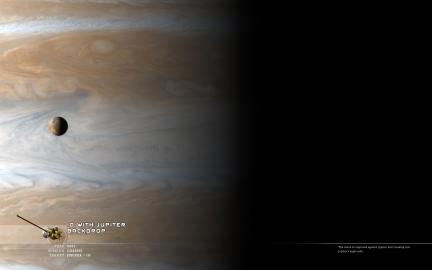 If I am going to keep making these things… I’d be a fool to not include a set for the Apple iPhone. Coincidentally, when you purchase your iPhone and do not yet have a phone service, the phone displays a full-disc image of the Earth pretty much displayed exactly as these do when uploaded to your iPhone. So in the spirit of continuity, you can now opt instead to have Mercury, Venus, Earth, The Moon (Luna), Mars, Jupiter, Io, Europa, Ganymede, Callisto, Saturn, Enceladus, Titan, Iapetus, Hyperion, Uranus, Miranda, Neptune or Triton grace your screen instead of the default Earth.
If I am going to keep making these things… I’d be a fool to not include a set for the Apple iPhone. Coincidentally, when you purchase your iPhone and do not yet have a phone service, the phone displays a full-disc image of the Earth pretty much displayed exactly as these do when uploaded to your iPhone. So in the spirit of continuity, you can now opt instead to have Mercury, Venus, Earth, The Moon (Luna), Mars, Jupiter, Io, Europa, Ganymede, Callisto, Saturn, Enceladus, Titan, Iapetus, Hyperion, Uranus, Miranda, Neptune or Triton grace your screen instead of the default Earth.
The easiest way to install wallpapers to your iPhone is to make a special set in iPhoto and simply drag all the files to that folder. Then in iTunes have your iPhone sync that folder to your photos collection. After that it is as simple as opening the “Photos” area of your iPhone. Go to your new folder of images and open whichever image you want. Then tap on the image just once and assign it as a wallpaper using the “Use as Wallpaper” button in the lower left corner of the screen.
If you have a PC I have no idea in hell how the hell you get images into your iPhone. I would buy a Mac… you have an iPhone and use iTunes… you are half-way there.
For a version of these with no graphics see this link.
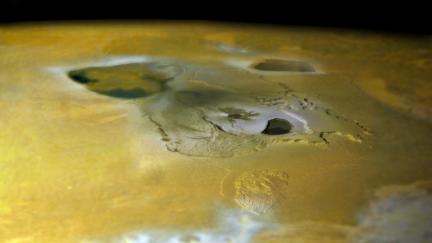 Another nice find on the unmannedspaceflight.com forums… This composite by Ricardo Nunes combines hi-resolution and low-resolution images processed by Jason Perry to create this surreal horizon view of the Tvashtar Catena caldera on Io. Most of the hi-res data in the image is in the center with the low-res information on the outer parts of the image – thus falsely creating a depth-of-field which gives the image a real snapshot kind of feeling.
Another nice find on the unmannedspaceflight.com forums… This composite by Ricardo Nunes combines hi-resolution and low-resolution images processed by Jason Perry to create this surreal horizon view of the Tvashtar Catena caldera on Io. Most of the hi-res data in the image is in the center with the low-res information on the outer parts of the image – thus falsely creating a depth-of-field which gives the image a real snapshot kind of feeling.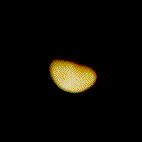 One of the most fascinating places in the Solar System to study would have to be the Jupiter moon Io. Previous to Voyager, the only image of Io available would be this image (at left) taken by the Pioneer 11 mission in 1974 which only hinted at what was to come with its slightly orange hue. Beyond this most scientists thought that Io would be another highly cratered and dusty moon very much like our own until Voyager returned its first highly detailed images. You can only image the shock of mission specialists when they got a look at this yellow, red and white pizza moon which was completely void of any sign of cratering.
One of the most fascinating places in the Solar System to study would have to be the Jupiter moon Io. Previous to Voyager, the only image of Io available would be this image (at left) taken by the Pioneer 11 mission in 1974 which only hinted at what was to come with its slightly orange hue. Beyond this most scientists thought that Io would be another highly cratered and dusty moon very much like our own until Voyager returned its first highly detailed images. You can only image the shock of mission specialists when they got a look at this yellow, red and white pizza moon which was completely void of any sign of cratering.
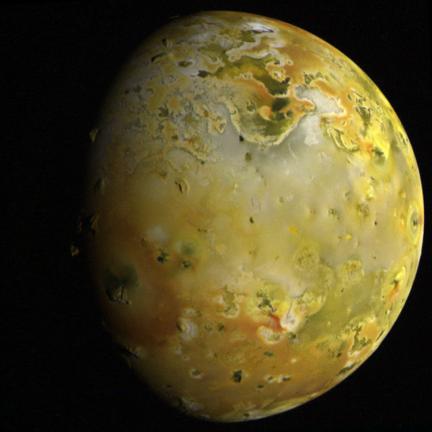
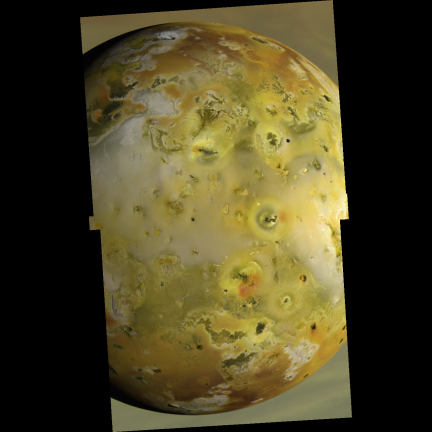
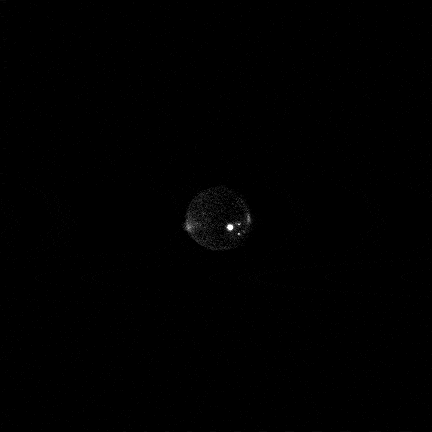 Check out this great animation found on the internet a while back that was compiled from images taken by the Cassini probe as it flew by Jupiter at the tail end of 2000. It used to be hosted at a U.S. astrogeology site which no longer exists and the animation was credited to Paul Geissler. Those glowing dots are active volcanoes. At the very end there is a blast of light from a crescent Io coming into view. The features are strikingly similar to those of the “dark side” image of Io published
Check out this great animation found on the internet a while back that was compiled from images taken by the Cassini probe as it flew by Jupiter at the tail end of 2000. It used to be hosted at a U.S. astrogeology site which no longer exists and the animation was credited to Paul Geissler. Those glowing dots are active volcanoes. At the very end there is a blast of light from a crescent Io coming into view. The features are strikingly similar to those of the “dark side” image of Io published 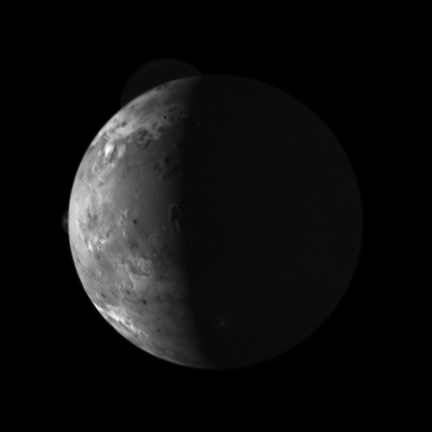 Just looking at the New Horizon images of Io from last year. There were a bunch Io images posted here during that flyby… but i like especially the tiny small plume you can see sharply on the left edge of Io (seen blown out on
Just looking at the New Horizon images of Io from last year. There were a bunch Io images posted here during that flyby… but i like especially the tiny small plume you can see sharply on the left edge of Io (seen blown out on 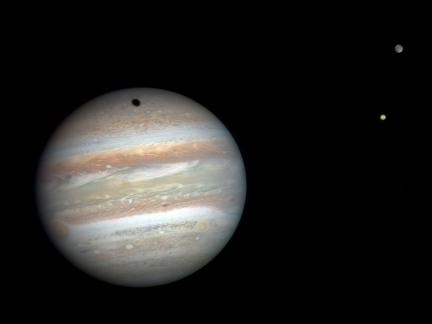

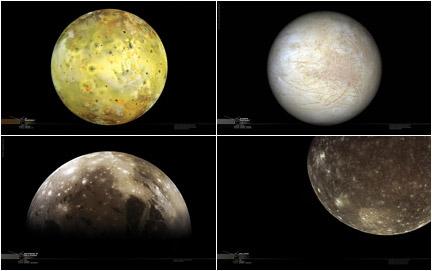
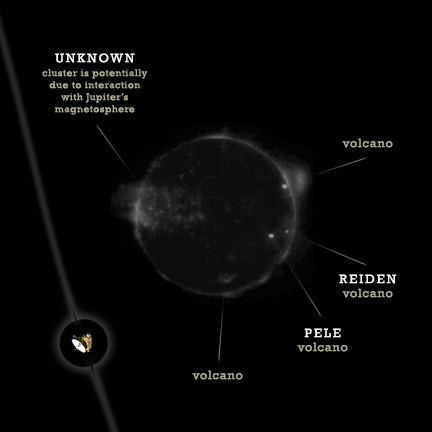 This is a bit old taken from February 2007’s New Horizons encounter at Jupiter. A very noisy image was released of Io on the dark side of Jupiter that illustrated the glowing lights of lava flows and auroral displays in Io’s tenuous atmosphere interacting with Jupiter’s magnetosphere.
This is a bit old taken from February 2007’s New Horizons encounter at Jupiter. A very noisy image was released of Io on the dark side of Jupiter that illustrated the glowing lights of lava flows and auroral displays in Io’s tenuous atmosphere interacting with Jupiter’s magnetosphere. 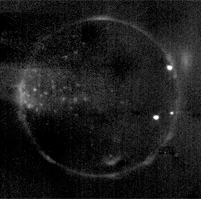 Noise always bothers me and there has been a desire to somehow clean up the presentation of this fantastic image.
Noise always bothers me and there has been a desire to somehow clean up the presentation of this fantastic image.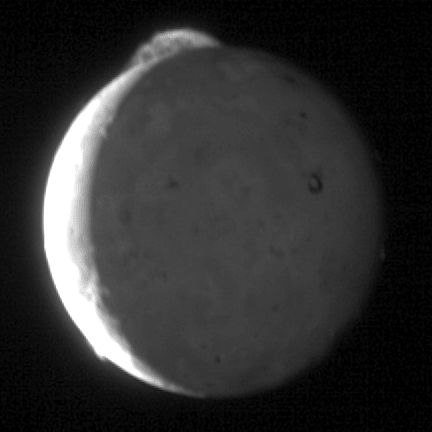


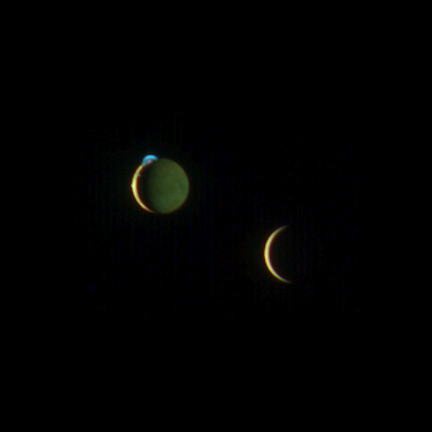
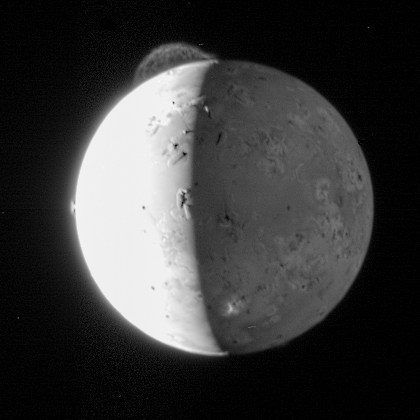
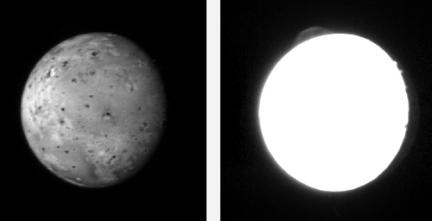 As New Horizons makes its closest approach to Jupiter, we are already seeing considerable activity from a volcano known as Tvashtar. This comes of no surprise as this was detected a few weeks back when scientists maintained observations of Io through the Hubble Space Telescope in preparation for this event. This is already the best image of an active volcano eruption on Io since the Voyager flybys in 1975 (revealed through over-exposure). Details here are somewhat greater than those taken by Galileo or Cassini and are expected to only get better before all the data is in.
As New Horizons makes its closest approach to Jupiter, we are already seeing considerable activity from a volcano known as Tvashtar. This comes of no surprise as this was detected a few weeks back when scientists maintained observations of Io through the Hubble Space Telescope in preparation for this event. This is already the best image of an active volcano eruption on Io since the Voyager flybys in 1975 (revealed through over-exposure). Details here are somewhat greater than those taken by Galileo or Cassini and are expected to only get better before all the data is in.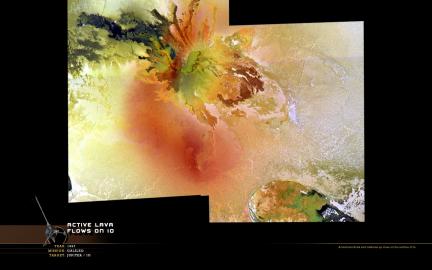
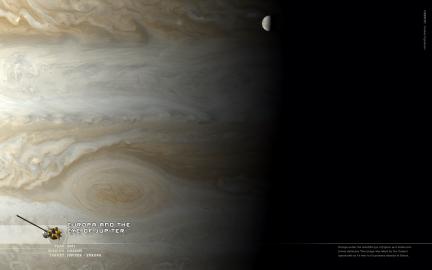
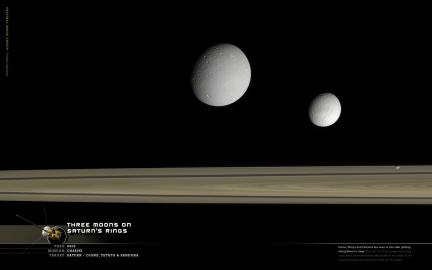
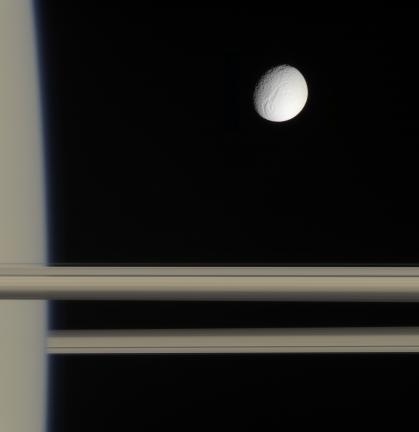
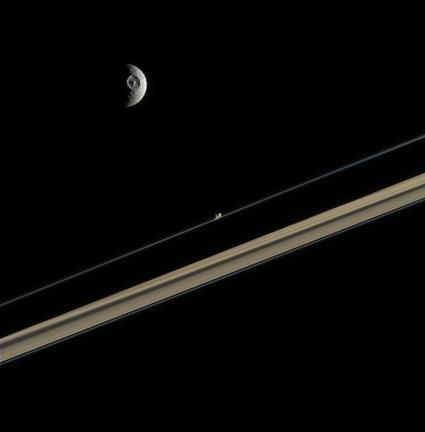
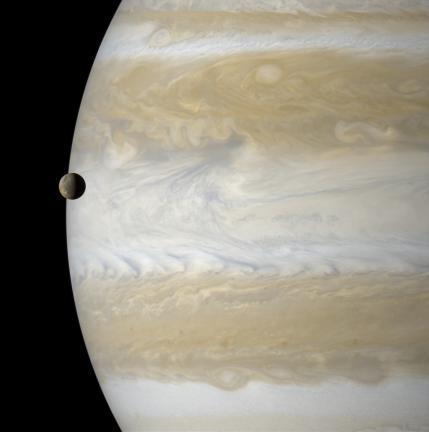
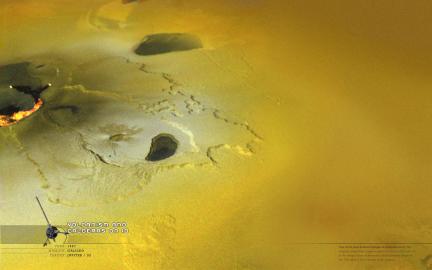
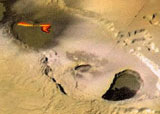 the region pictured here is larger tha the Grand Canyon here on Earth. Imagine something that large here on Earth changing that much in one year.
the region pictured here is larger tha the Grand Canyon here on Earth. Imagine something that large here on Earth changing that much in one year.
